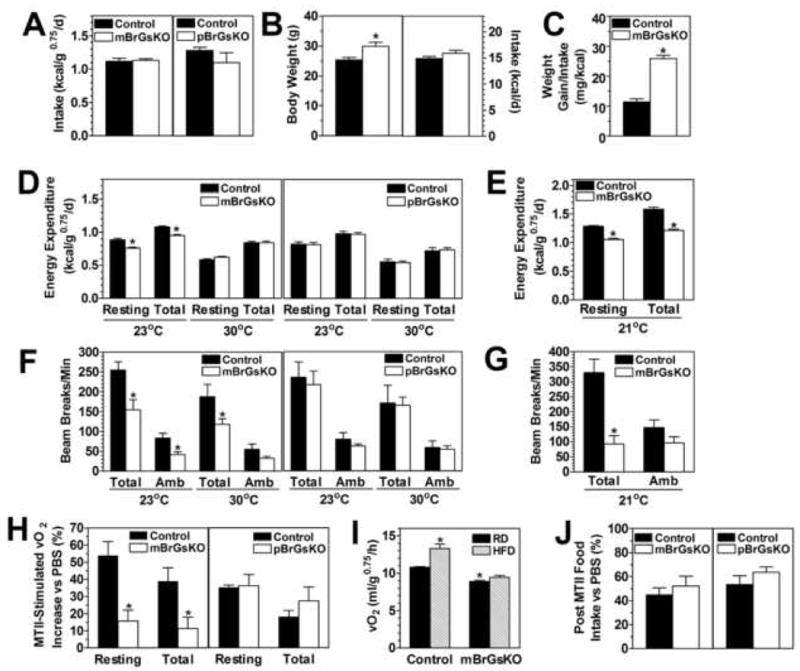Figure 2. Energy Metabolism in mBrGsKO and pBrGsKO Mice.

(A) Food intake of 12 week old male mBrGsKO (left, open bars, n=6; controls, closed bars, n=8) and pBrGsKO (right, open bars, n=4; controls n=4) normalized to body weight (kcal/g0.75/d).
(B) Body weight (left panel) and absolute food intake (in kcal/d, right panel) of 5-6 week old male mBrGsKO (n=13) and control mice (n=8).
(C) Feeding efficiency (weight gain/kcal intake) measured from weeks 6-8 in male mBrGsKO (n=3) and control mice (n=6).
(D) REE and TEE at 23°C and 30°C in 5 month old male mBrGsKO (left panel, n=6) and pBrGsKO (right panel, n=5; controls n=4).
(E) REE and TEE at 21°C in 5 month old female mBrGsKO (n=9) and controls (n=8).
(F-G) Total and ambulatory (Amb) motor activity during experiments in panels D and E, respectively.
(H) Increase in REE at 30°C after administration of MTII (10 μg/g ip.) in 4-5 month old mBrGsKO (left panel) and pBrGsKO mice (right panel) and controls (n=6; % increase vs. after PBS).
(I) Resting O2 consumption at 21°C in 5 month old female mBrGsKO and control mice after 4 days of regular (RD, closed bars) or high-fat diet (HFD, hatched bars) (n=8-9).
(J) Food intake in 4-5 month old mice after MTII (200 μg ip.) (n=5; % ingested vs. after PBS).
*p<0.05 vs. controls; #p<0.05 vs. control on RD; mean ± SEM.
